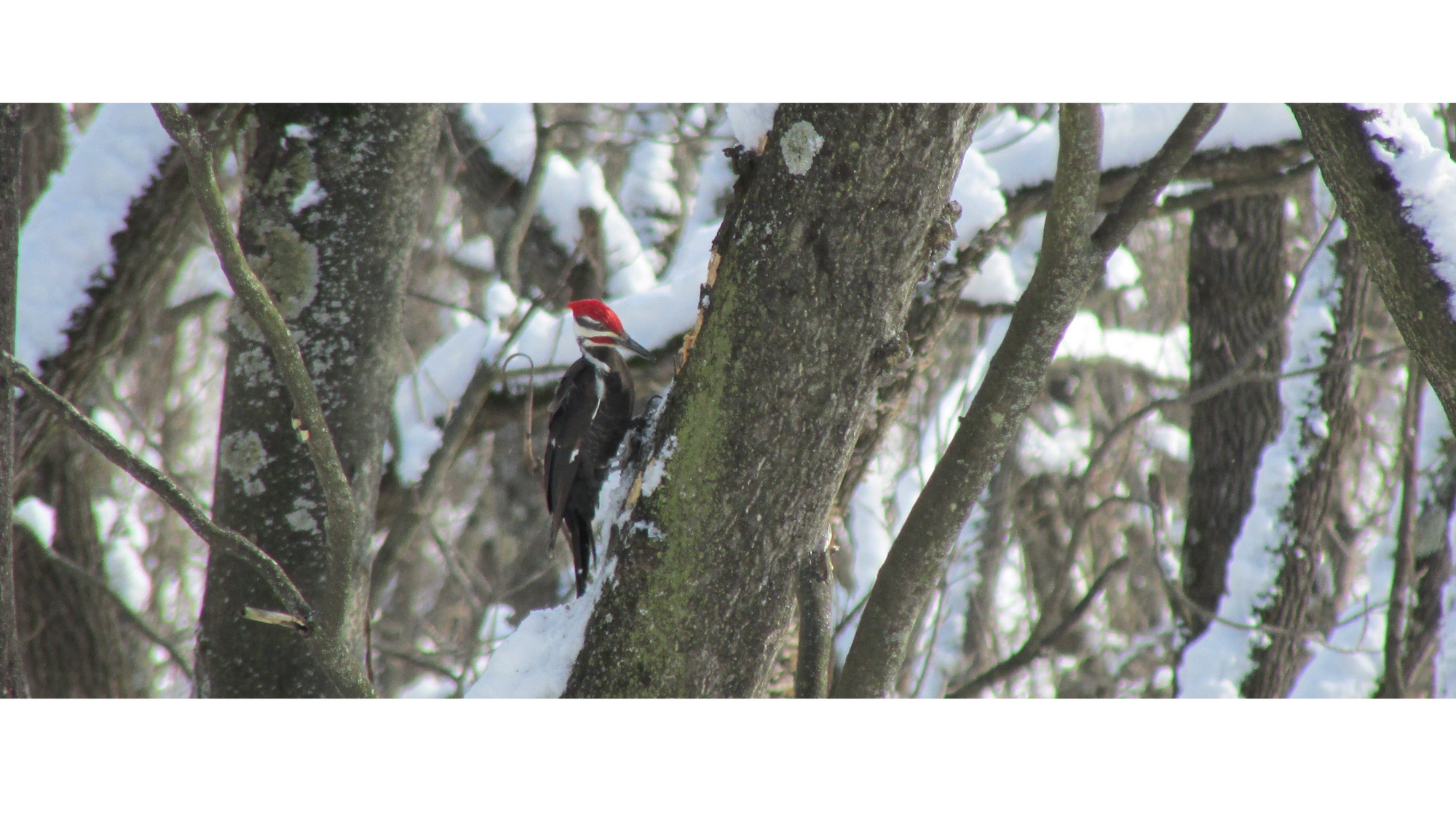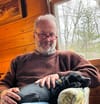Spring Feverish
God help us; it is March, and we are beginning to think about spring.

We bent over the computers and transmitted an order for six trees this week—two apples, one peach, two mountain laurels, and one winterberry holly. God help us; it is March, and we are beginning to think about spring. Next week, daylight savings time will return, perhaps for good, if the House of Representatives follows the lead of the Senate and votes to eliminate standard time.
Are you clear on that? Standard time may be leaving, may be going away. It is a bit of a blow. It means I may not have occasion from now on to think at least twice a year of the Reverend Dr. Aaron Manderbach, the gentle country minister of Saint Stephen’s Church in Ridgefield, Connecticut (Your friend and Pastor, he wrote in my confirmation bible when I was twelve), who was the first person I remember explaining “spring forward” and “fall back,” which he did each season from the pulpit, beholding the congregation over the top of his wire-framed glasses. This was before self-adjusting clocks and iPhones. With standard time gone, I will not be able to look out the window and state definitively to Marcia, “Imagine, next week at this same time, it will be dark.” I will miss that. I will miss the sense of pulling up the ladder behind the summer and fall and letting it down in spring.
Anyway, the fact that it will be primarily light until almost seven o’clock in the evening in another week aggravates the expectation that spring is around the corner. So do the Pileated Woodpeckers, which have returned and are hammering the trees, introducing some life back into the woods. They are quiet today because it is snowing. Maybe the rat-a-tat-tat brings snow down on their tufted heads, something they learned is a nuisance early in life, like snow down the collar of our jackets.
In addition to the trees and shrubs we ordered, we have ten pounds of wildflower seeds in a box next to me. It is close to the time when we can sow those directly into the snow, allowing them to find their way to the ground as melt occurs, with snow cover offering protection from birds and squirrels. It is a question of what amount of warm-up will follow ahead of how much more deep freezing. This winter has been warm overall. Very slushy. We lost most of the snow cover in early to mid-February. The top layer of ground thawed, so there are deep ruts in the driveway from mud. Had we distributed the wildflower seeds over the field ahead of that, they might have germinated in places and been destroyed when the cold and snow returned. A repeat of that warming and cooling cycle between the beginning and end of March or mid-April is possible. So, for the moment, we will resist the urge to slice open the box.
Seeds for the vegetable garden are the next consideration. I have started tomatoes, broccoli and peppers indoors in the past, but today we live in the woods. While plenty of sunshine comes through our cabin windows, it comes through them one at a time. I would have to spend the day ferrying emerging shoots from one patch of light to the next.
One spot offers a solid three to four-hour option—barely enough—which is the floor inside the glass doors of the studio where I write, above our garage. Unfortunately, our generator does not protect the space. Power outages (have I mentioned the four so far this year?) are still possible. And the temperature up here is uneven, regardless. When the propane heater comes on, it blasts warm air until it feels sauna-like. Then it cools until it is cold.
The house plants that share the studio with me do their best to remain cheerful. I am nursing one of them—a kind of Aglaonema with broad green leaves and veins of white in a big blue pot—back from near extinction after a three-day outage in January when temperatures were in the teens. Only too late did I think of carrying it to the main house. One morning it was completely withered. We go back, this plant and I, to nineteen eighty-seven, practically the lifetime of my older two children. It is a grandparent to our grandchildren. We have moved together seven times, and I have promised, this is it. A few new, healthy shoots are emerging in the pot, a few others are hanging on from the frozen episode, small and curled; the rest I had to purge. Admittedly, it is not the first near-death experience for this long-time housemate. I was a bachelor for some of those years. The plant attended all the parties, drank vodka with the rest of us (someone said it was good for them), and endured periods of neglect when my attention was elsewhere.
Anyway, I think I will start a couple of flats of vegetable seeds in the studio. That will perk everyone up.
The stream that runs through the property is moving, filling with snow melt, another indicator of longer days and shorter nights. We transplanted four small rhododendrons last summer to its banks, two on each side, as a marker for the culvert underneath the driveway. The deer ate the leaves of three of them a couple of months ago. The leaves are supposed to be toxic to animals, but what am I to say? I eat plenty of stuff past the Use By date on packages rather than waste it. Dead of winter? Hungry deer? Green leaves? We are hopeful that the plants will renew in spring. Rhododendrons are tough.
Anyway . . . I have to go shovel snow. There is another winter storm warning tonight through tomorrow. Wind gusts of up to thirty-five miles per hour. Which means I should bring more wood inside for the stoves.


